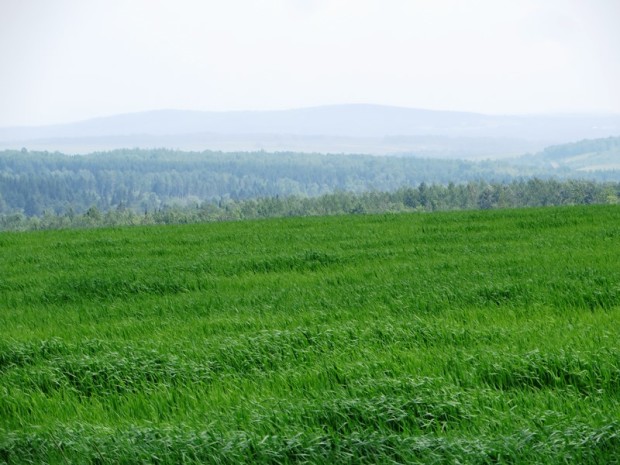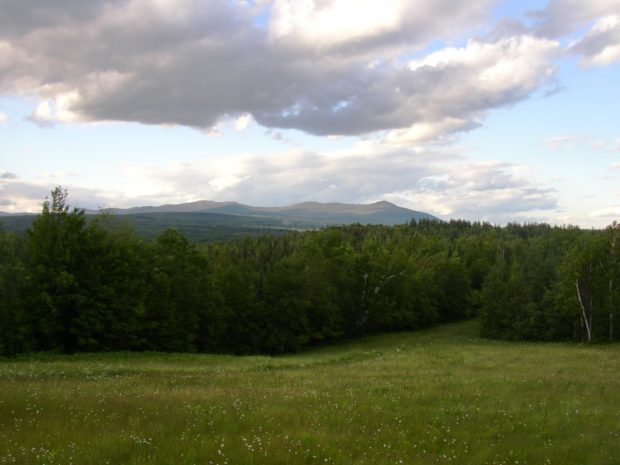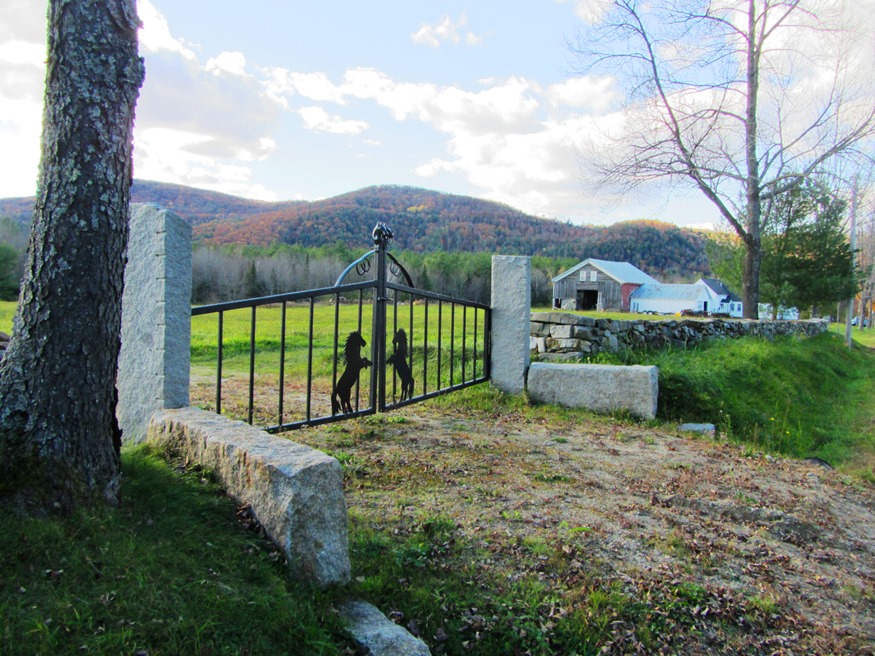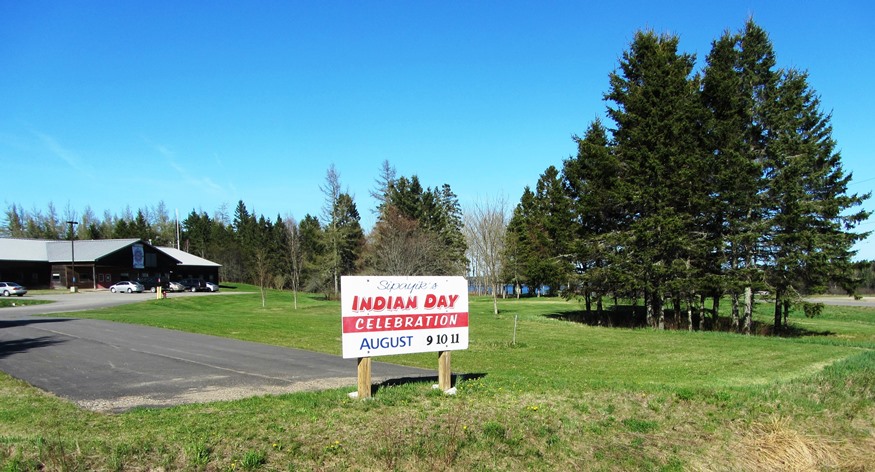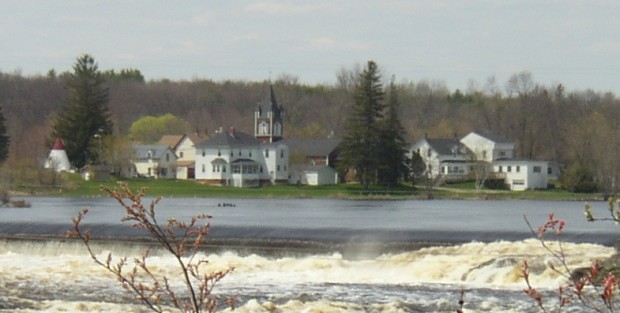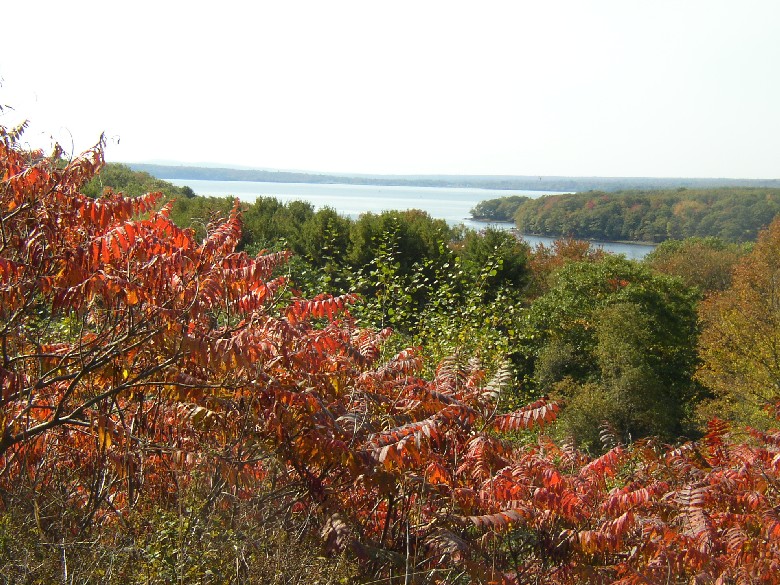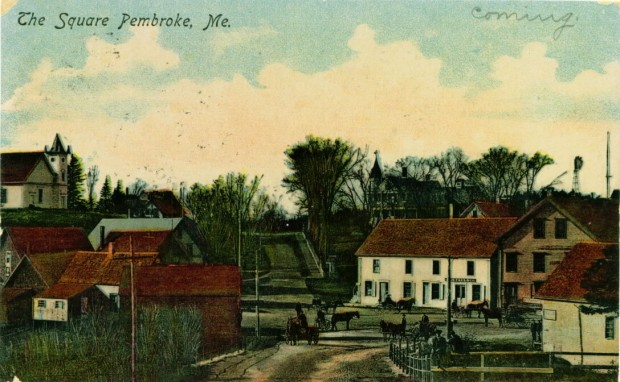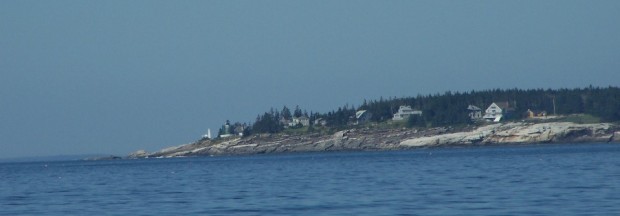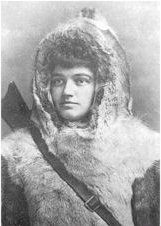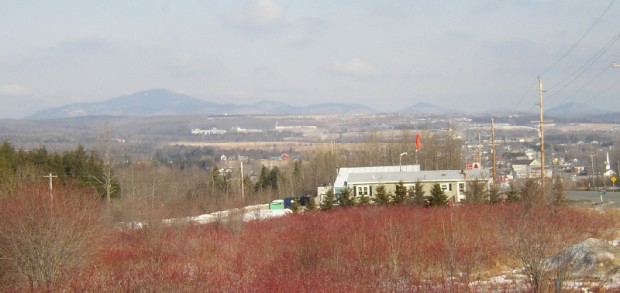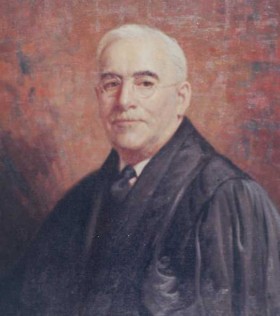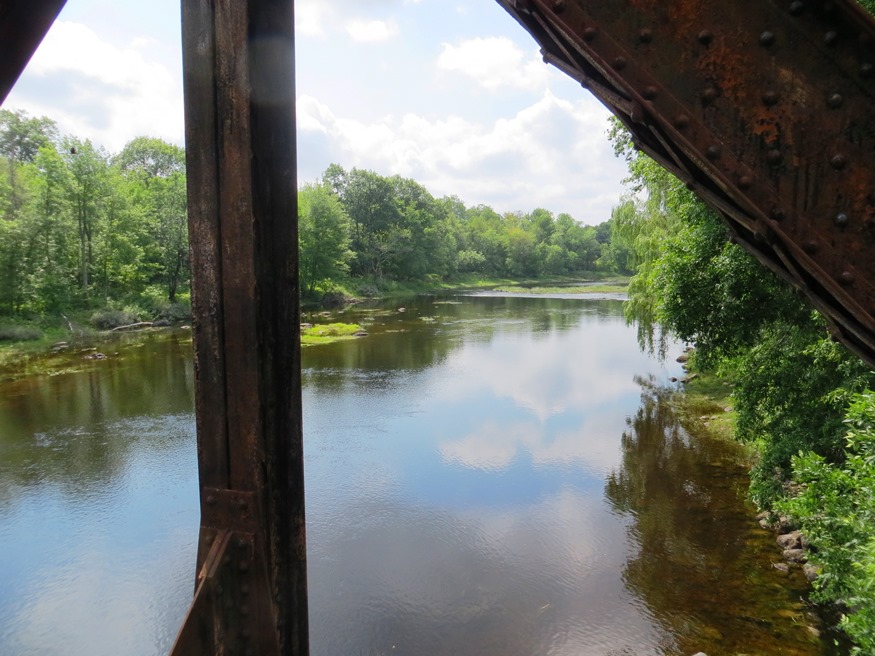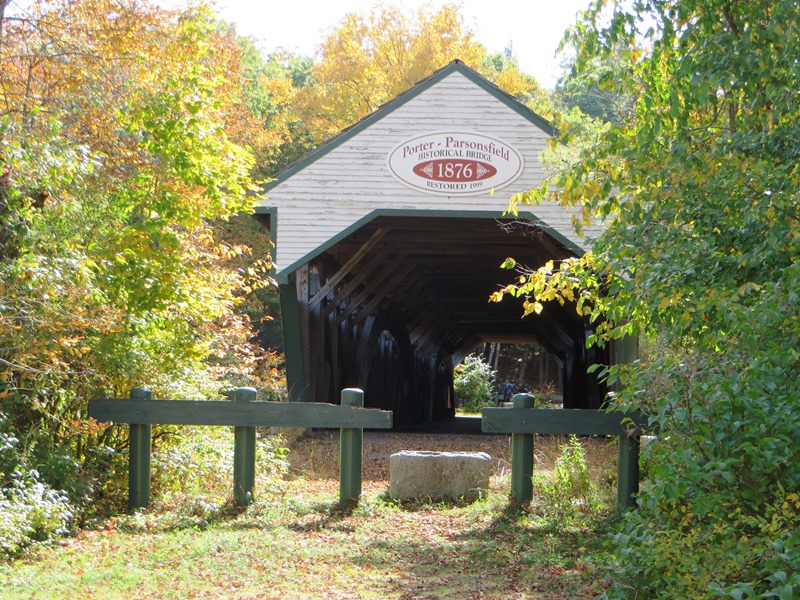Phippsburg
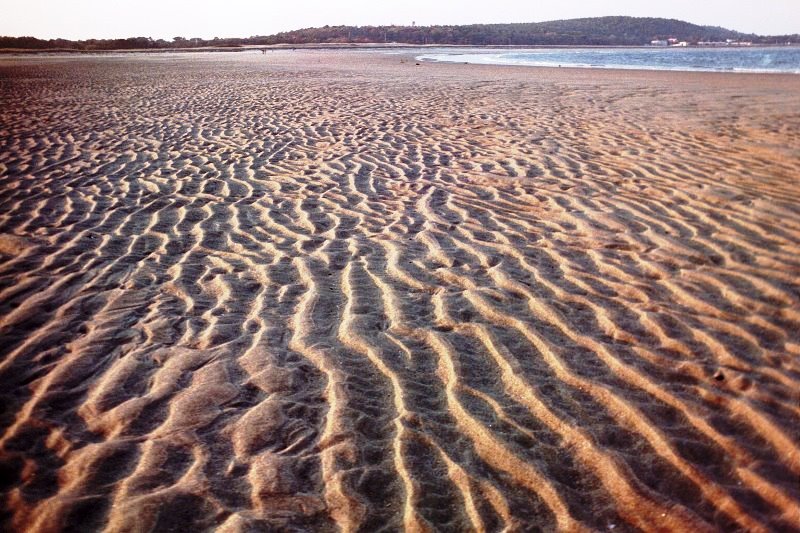
Even before it was incorporated, the community had its church (see photos), which was organized in 1765 and built in 1802. The tip of Phippsburg at the mouth of the Kennebec River is the site of the first English attempt at settling New England: the Popham Colony of 1607-1608. Fort Popham and Fort Baldwin, rise as a guardians of land upriver. Coxes Head, which juts out into the Kennebec River.


